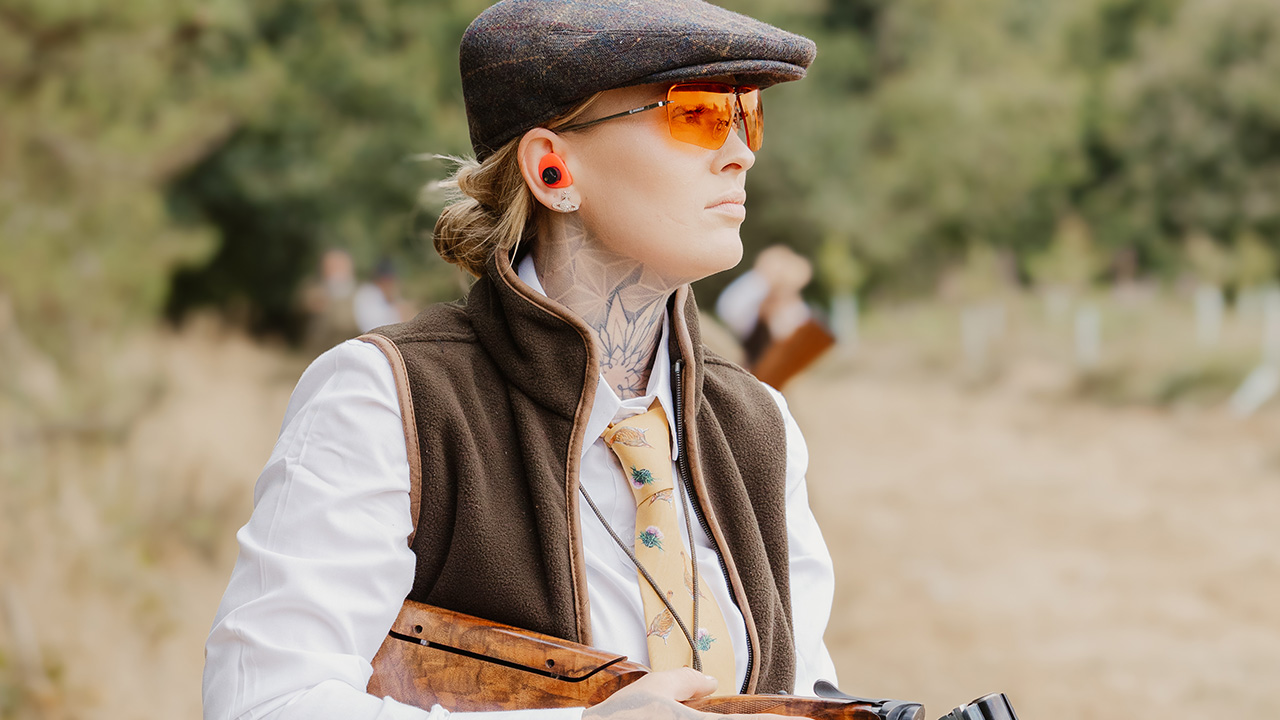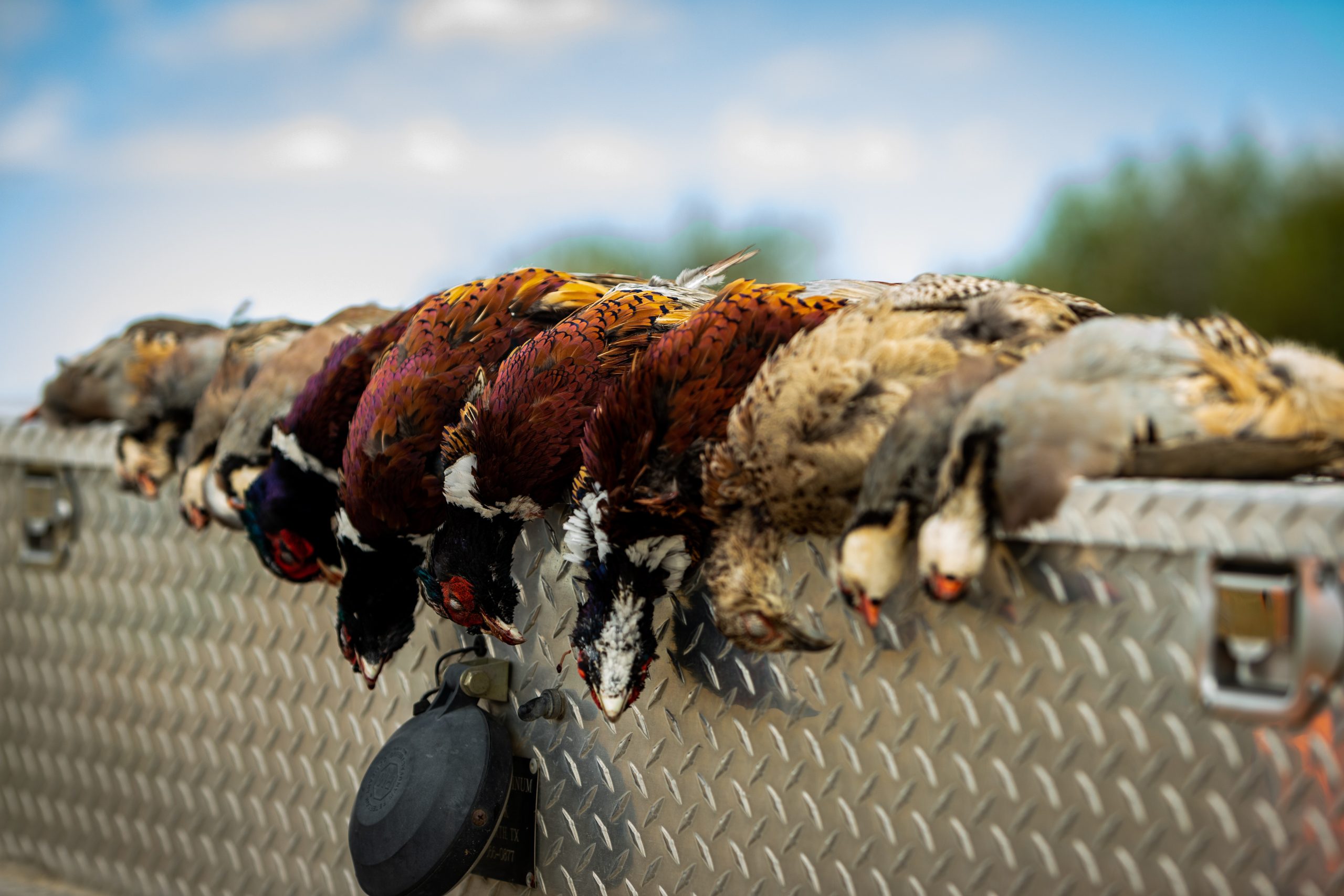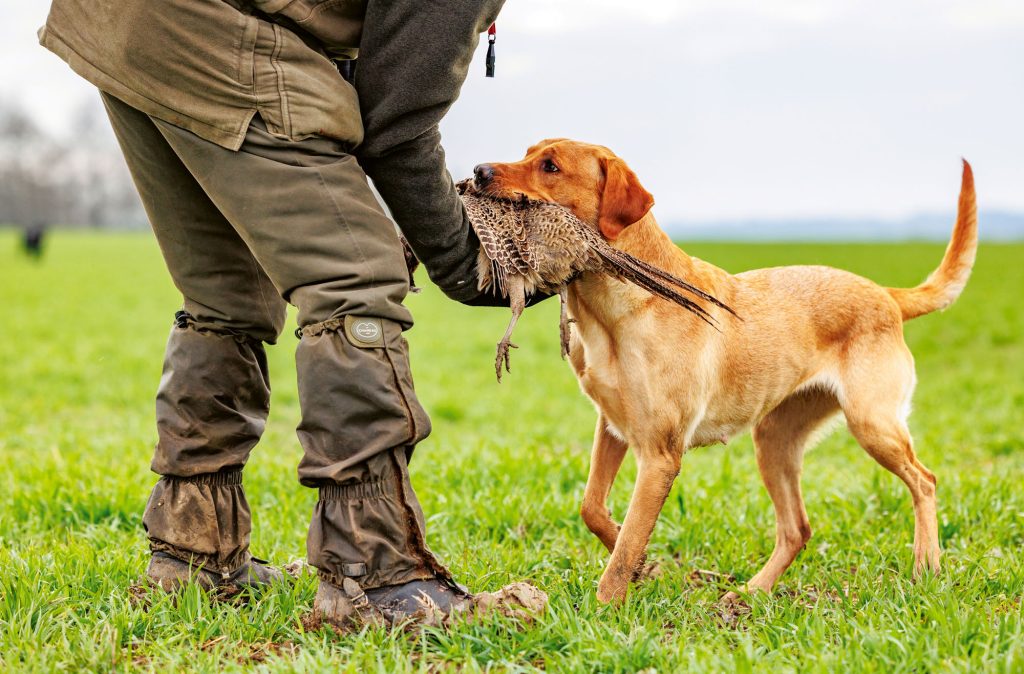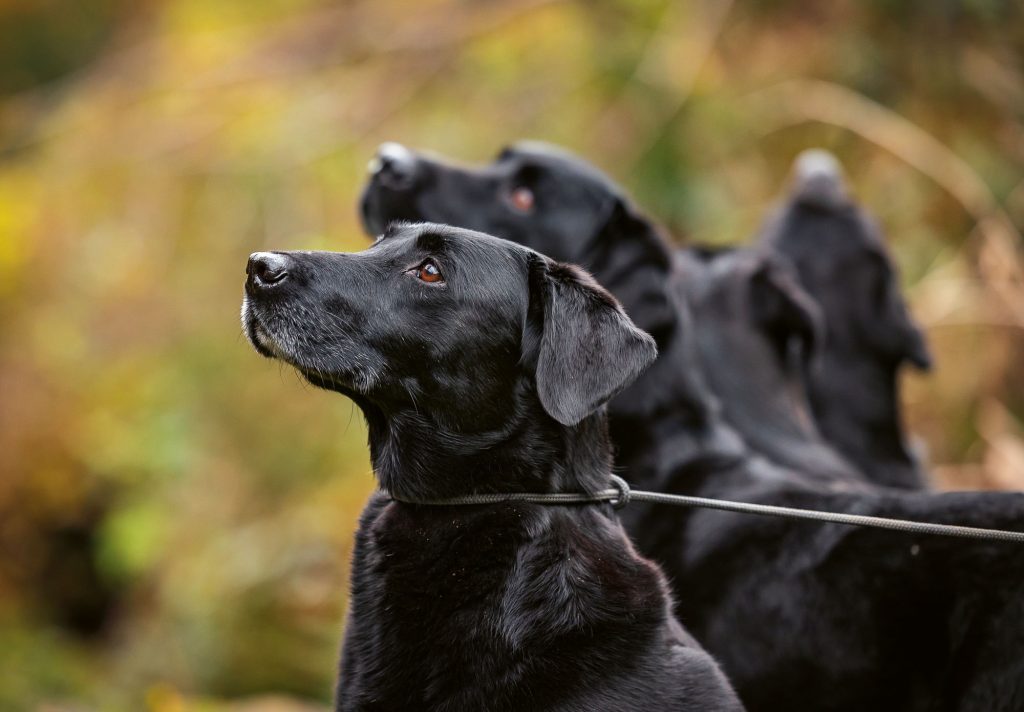Small shoot, great fun
Mike Powell uncovers the unique charm and appeal of small – very small – pheasant shoots, where each bird taken is a cherished victory
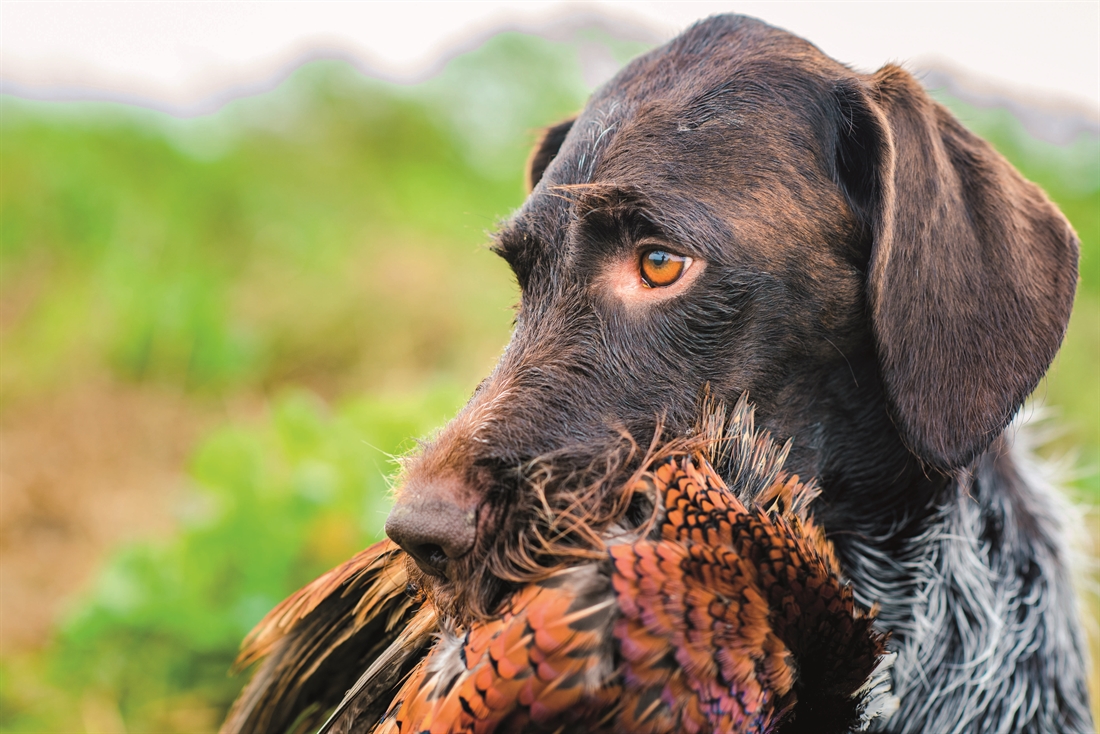
I’ve been involved with a number of pheasant shoots all my life, as a gun, a beater and a keeper. They have varied enormously in the ways they were run and the number of birds involved but the one thing they all had in common was that they gave a great deal of enjoyment to those who ran them and those who just shot there.
I have been very fortunate to have experienced two or three big number (by my standards) days of 300, down to thoroughly enjoyable days where 20 birds was a bonanza. I’ve always thought that small number days were much more enjoyable, with one reason being that each bird taken is remembered. When big numbers are involved it all seems to be a bit of a blur and you are too busy reloading to enjoy the odd rather good shot.
Coincidentally I started out on my keepering exploits as I’ve ended them, with very small setups. The first was on very rough, steep ground on the fringes of Dartmoor and the last couldn’t be more different as it’s on the South Devon coast in my village, where a young and enthusiastic local lad has encouraged a few local farmers and myself to start a small shoot on what I think is far from ideal land.
Both of these cases were what could be described as farmers’ shoots. In my part of the world the vast majority of farms are relatively small and have been family owned for generations, unlike some of the very large acreages up country where they are managed rather than farmed by the owner.
Very often these smaller farms lend themselves to having a small shoot set up on them and if you are really lucky a couple of the adjoining farms may join in.
I’ve found that very often the farmers concerned will be happy to allow their land to be used and will often chip in with materials that they have around the farm, but don’t want to be involved in running or setting up the shoot as they really are very busy people.
First attempt
This was exactly the case in my very first shoot, where it wouldn’t have been an understatement to say I was a novice! Although I’d spent a lot of time as a boy with a local keeper and picked up a fair bit of knowledge, starting my own setup from scratch was a very different thing.
I decided to start small and settled on producing a 100 birds that I would rear myself under bantams. Surprisingly I did in fact end up with just over 70, which at six weeks were released into my first pen that a friend and I had put up. It wasn’t brilliant but it did the job, and apart from losing 10 or so to predation and natural causes, the rest were eventually released into the local, very rough, countryside. I made quite a few mistakes and there was a lot of vermin in the area, especially foxes, but I learned a lot from that first rearing season.
The guns, other than my friend and I, were all local farmers and any friends they chose to bring along. I suppose in fairness the shoot could be best described as a rough shoot with added pheasants. The standard of shooting was abysmal and we shot every other Saturday morning. It was walked-up as there were no beaters, and unlike today almost everything was shootable. Bear in mind this was 1960.
From memory, our best total of pheasants shot in one morning was six, along with a variety of other items. I seem to remember the season’s total of pheasant picked was just under 40, which considering how green I was and what truly awful shots most of those involved were, was a pretty good result. After a few years I moved back to my coastal home, but the little shoot carried on for many years after. It was a lot of work but I can say, hand on heart, that it was the most rewarding and enjoyable shoot I’ve ever been involved with.
Perfect location
Since those far-off days I’ve been involved with several more shoots as a keeper and as a gun. One thing I’ve learned about small shoots is that almost invariably they grow.
I was approached some years ago to start a shoot a short way away from my home on what one would call perfect territory – rolling south Devon hills, plenty of isolated cover and an enthusiastic shooting owner/farmer who was prepared to put in cover crops and provide funds for the infrastructure. He was also someone I had known personally for many years.
The land had once been part of a very large shoot and I knew the keeper who had been there for years and he was very helpful in giving me some local information as to how t he birds flew, etc. The first year we put down 500 poults, the second 750 and five years later it had risen to 5,000 a commercial enterprise, at first shooting every week but soon found on a limited acreage this was too much and from the second year we shot once a fortnight.
The land was perfect and results were good and generally we shot around 65%. I also kept right on top of the vermin, which meant a reasonable number of wild birds appeared each year, which is a huge bonus. After seven years I found it was getting a bit too much considering my advancing years, and the commercial aspect was getting a bit out of hand, so I called it a day.
Now to the present. I mentioned that a young friend of mine, Matt, had expressed a wish to start a small shoot here in the village on land I have shot over for almost 60 years. I don’t think it’s ideal as the only cover is one very small copse, where the pen would be situated. There are also some hedges, but as they are kept well under control they don’t offer much cover.
However, as he was so keen it was decided to go ahead with the two farmers whose land is involved, another local farmer and myself.
Matt understood that he would have to do the vast majority of the work as the three farmers were far too busy and I am far too old. I would deal with the vermin control and the others would supply the necessary items to build the pen.
Pen considerations
A release pen for a small number of birds is a fairly straightforward affair. Clearly it has to be vermin proof, have easy access and as much cover inside as possible. A dusting shelter, along with feeders and drinkers, is all you need inside. A few pop holes with fox guards must be provided and together with electric wire protection this should be all you need. For up to 100 birds what you’re really looking at is a glorified chicken run.
The overall size is often dictated by exactly where the pen is located. In our new very small shoot Matt has used most of the small copse for the pen and has made a good job of it. For the first season he’s only putting down 50 birds as a feeler to see how it works. Within 500yd of the pen is very rough cliff land owned by the RSPB and on it there is a decent head of truly wild pheasants that flight across the main road to the pen area. No doubt some judicious feeding will bolster the 50 we release.
As with most small shoots, unless you are very fortunate there will always be problems and this little shoot is no different. It’s bordered by roads and a lane and as I said has little natural cover. The farmer involved has said he will leave some strips of the already planted maize and rape this year, and if things work out he’ll be happy to plant some strips of kale or similar next year.
I really hope it works out. At this stage we are thinking of only shooting perhaps once a month and expectations are sensibly low. Without doubt a few pheasants add a great deal to any small rough shoot and this little enterprise has been done at very little cost. Only time will tell if it works, but in the meantime I must sort out the vermin. Nothing changes in that regard! I will report back much later in the year as to how things worked out.

